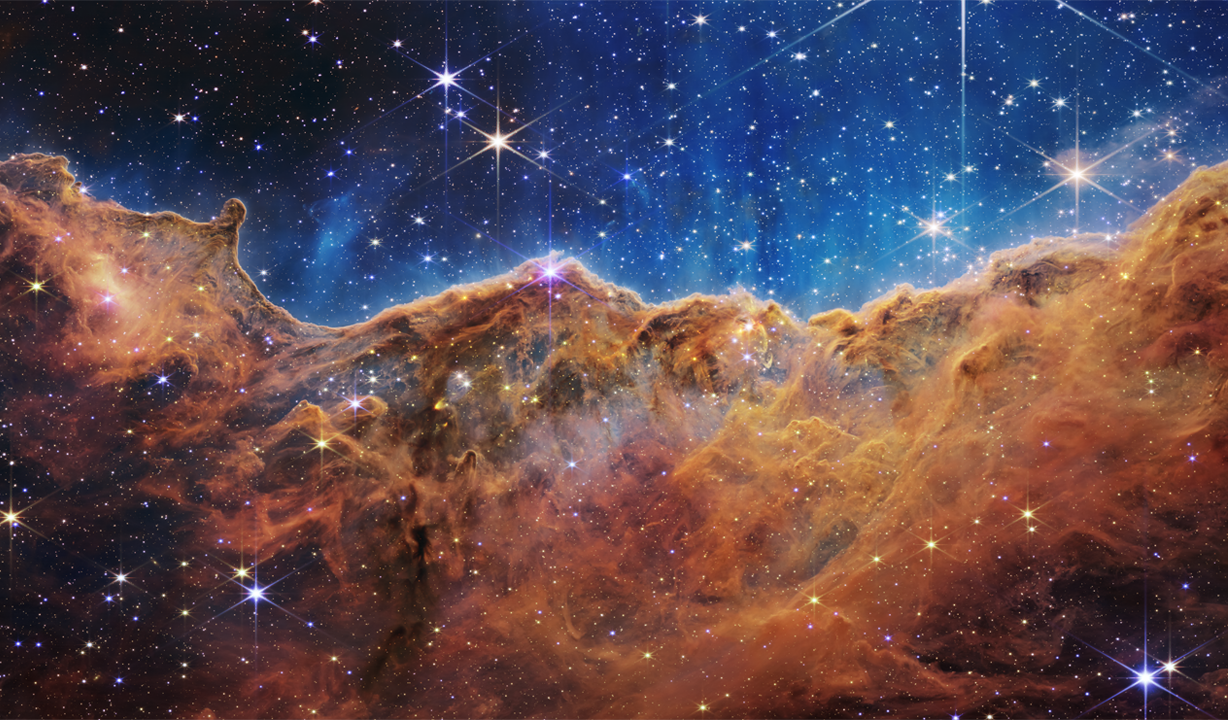Diogenes wrote: ↑Wed Mar 30, 2022 12:43 am None of this disputes the fact the Earth is not the center of the universe or that it is immovable as the Bible claims. The Earth isn’t even the center o,f the solar system.. The Biblical cosmology is just plain WRONG. This constitutes the FACT the Genesis creation story was written by men not an all knowing ‘god.’
First off, we’ve been assuming in this thread the Bible was written by man, so there’s nothing novel by stating “This constitutes the FACT the Genesis creation story was written by men not an all knowing ‘god.'”
I want to approach this topic first with the question, what were the cosmological views of the Ancient Near East cultures?
And a quick word before we jump into this topic. I mentioned before we cannot impose our modern standards on the Bible. Likewise, we shouldn’t impose our modern view of cosmology on others and look down on how earlier cultures viewed the cosmos. As CS Lewis termed it, that would be chronological snobbery.
Finding out how ancient cultures view the heavens is a fairly large topic. In fact, it’s an entire discipline in itself.
Archaeoastronomy (also spelled archeoastronomy) is the interdisciplinary[1] or multidisciplinary[2] study of how people in the past “have understood the phenomena in the sky, how they used these phenomena and what role the sky played in their cultures”.[3] Clive Ruggles argues it is misleading to consider archaeoastronomy to be the study of ancient astronomy, as modern astronomy is a scientific discipline, while archaeoastronomy considers symbolically rich cultural interpretations of phenomena in the sky by other cultures.
https://en.wikipedia.org/wiki/Archaeoastronomy
Though we do not completely understand the cosmologies of the ANE cultures, we do know myth and stories were the commonly accepted approach to cosmology for ancient civilizations.
“Another motive for studying the sky is to understand and explain the universe. In these cultures myth was a tool for achieving this, and the explanations, while not reflecting the standards of modern science, are cosmologies.”
https://en.wikipedia.org/wiki/Archaeoastronomy
Mesopotamian cosmology
There are no specific written records explaining Mesopotamian religious cosmology that survive today. Nonetheless, modern scholars have examined various accounts, and created what is believed to be an at least partially accurate depiction of Mesopotamian cosmology.[11] In the Epic of Creation, dated to 1200 BC, it explains that the god Marduk killed the mother goddess Tiamat and used half her body to create the earth, and the other half to create both the paradise of šamû and the netherworld of irṣitu.[12] A document from a similar period stated that the universe was a spheroid, with three levels of šamû, where the gods dwelt, and where the stars existed, above the three levels of earth below it.[13]
https://en.wikipedia.org/wiki/Ancient_M … n_religion
Babylonian cosmology
In contrast to the world view presented in Mesopotamian and Assyro-Babylonian literature, particularly in Mesopotamian and Babylonian mythology, very little is known about the cosmology and world view of the ancient Babylonian astrologers and astronomers.[16] This is largely due to the current fragmentary state of Babylonian planetary theory,[4] and also due to Babylonian astronomy being independent from cosmology at the time.[17] Nevertheless, traces of cosmology can be found in Babylonian literature and mythology.In Babylonian cosmology, the Earth and the heavens were depicted as a “spatial whole, even one of round shape” with references to “the circumference of heaven and earth” and “the totality of heaven and earth”. Their worldview was not exactly geocentric either. The idea of geocentrism, where the center of the Earth is the exact center of the universe, did not yet exist in Babylonian cosmology, but was established later by the Greek philosopher Aristotle’s On the Heavens. In contrast, Babylonian cosmology suggested that the cosmos revolved around circularly with the heavens and the earth being equal and joined as a whole.[18] The Babylonians and their predecessors, the Sumerians, also believed in a plurality of heavens and earths. This idea dates back to Sumerian incantations of the 2nd millennium BCE, which refers to there being seven heavens and seven earths, linked possibly chronologically to the creation by seven generations of gods.[19]
https://en.wikipedia.org/wiki/Babylonia … #Cosmology
Egyptian cosmology
The Egyptian pantheon was filled with deities who inhabited the heavens but whose influence was experienced on earth. In the Pyramid Texts of the Old Kingdom, which first appeared on the interiors of the pyramids of the kings of the Fifth Dynasty of the Old Kingdom (c. 2500–2350 BCE), we learn that the Egyptians regarded the sky as a dwelling place of their gods and a location connected to the afterlife. Just as their daily life depended upon the Nile River, the Egyptians envisioned this heavenly realm as a landscape that divine beings navigated in sacred boats.The Egyptians had several elaborate myths describing the origins of their world. Each of these creation stories was centered at a different city in ancient Egypt.
https://debatingchristianity.com/forum/viewtopic.php?p=1084202#p1084202
